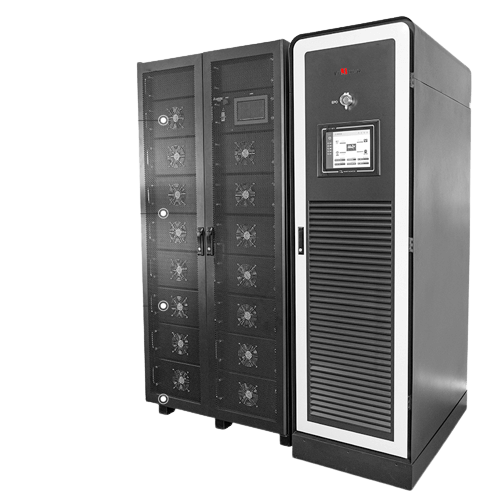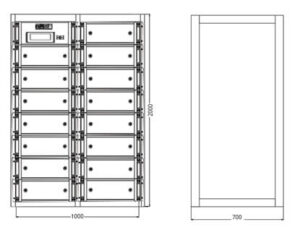Copyright All Rights Reserved. wtech.cc

The power battery is the power source that provides the power source for the tool and mainly refers to the battery that provides power for electric vehicles, electric trains, electric bicycles, golf carts, and drones.
Energy storage batteries mainly refer to batteries used in solar power generation equipment, wind power generation equipment, and renewable energy storage energy.
Energy storage battery
What is the difference between an energy storage battery and a power battery?
Some people compare it vividly to “converter” and “generator”. Energy storage batteries are mostly used in power systems, which require low cost and long life; power batteries mainly provide power for vehicles and have higher energy density. The main difference lies in the BMS battery management system. The battery’s power response speed, power characteristics, SOC estimation accuracy, charge and discharge characteristics, etc. can all be realized on the BMS.
Power and energy storage battery system products can be divided into battery cells, modules and battery packs according to different product forms.
Power battery PACK refers to the battery pack of new energy vehicles, which provides energy for the operation of the whole vehicle. Vehicle power battery PACK is basically composed of the following five systems: battery module, battery management system, thermal management system, electrical system, and structural system.
The cost of the power battery system consists of comprehensive costs such as batteries, structural parts, BMS, boxes, auxiliary materials, and manufacturing costs. The battery cell accounts for about 80% of the cost, and the cost of the pack (including structural parts, BMS, box, auxiliary materials, manufacturing costs, etc.) accounts for about 20% of the entire battery pack cost.
In the cost structure of the energy storage system, the battery is the most important component of the energy storage system, accounting for 60% of the cost; followed by the energy storage inverter, accounting for 20%, and the EMS (energy management system) accounting for 10%. BMS (battery management system) costs account for 5%, and others account for 5%.
The cycle life of energy storage and power batteries varies greatly, related to materials and compaction densities.
Power batteries and energy storage batteries have quite different requirements for cycle life. Taking electric vehicles as an example, the theoretical life of the ternary lithium battery pack is 1200 times. According to the frequency of use, it is fully charged and discharged once every three days, and 120 times a year. The calendar life of the ternary lithium battery reaches ten years.
Energy storage batteries are charged and discharged more frequently. Under the premise of the same 10-year calendar life, there are higher requirements for cycle life. If energy storage power stations and household energy storage are charged and discharged once a day, energy storage lithium batteries The cycle life is generally required to be greater than 3500 times. If the charge and discharge frequency are increased, the cycle life requirement is usually necessary to reach more than 5,000 times.
Written by: FUJIREJA GROUP
The Exporter and Manufacturer of Solar Energy Storage, Inverters
Welcome OEM ODM
https:/wtech.cc/